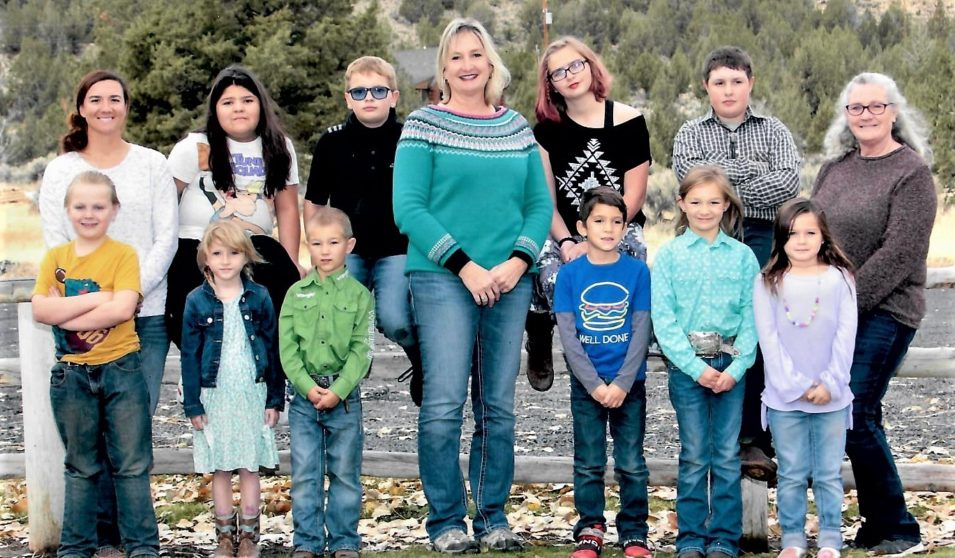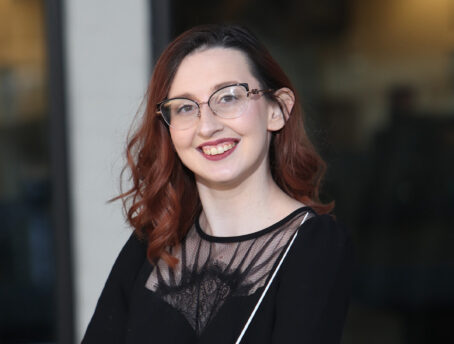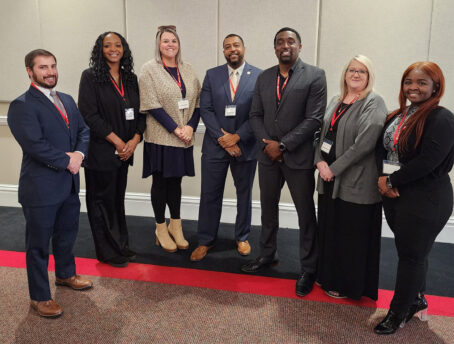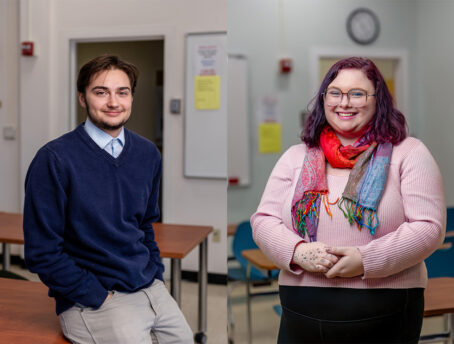For many, teaching is not their first career but a new frontier to explore after spending many years in another field. After 19 years of government work, Stacey Moser hit the trail to becoming a teacher at a two-room school in Fields, Oregon. Stacey tells how her life of ranching and teaching her handful of students is the most enriching journey she’s had so far.
Reflecting on the winding path to her destination, Stacey shares a similar journey to educators across the country, trying out several options before landing in the classroom.
“I was one of those students in college that changed their major multiple times. I started out wanting to be a dentist, and pursued that for a while, but then I realized that wasn’t my fit so I went through a cycle of changing majors. It occurred to me when it was time to graduate that I really wanted to be a teacher, but it was too late because it was my fifth year and I had already become a mom. It wasn’t practical for me to just keep going to school, so I graduated and worked for the government.”
Once Stacey set a course for education, teaching in a rural place was never a question. Her recreational experiences in rural areas of Oregon with a friend, and later her relocation to a rural place, were the driving motivators behind her career change.
“My friend and I would go backpacking, exploring and discovering Harney County. I loved finding the little two-room schoolhouses, and I thought that’s why I want to teach, but I didn’t know that I would ever actually end up living this close to one and being able to pursue that dream. I always had my sights set on teaching someday, so when I met and married my husband, and moved with him to the fields of rural southeastern Oregon near Nevada, I became a teacher’s aide in one of the little schools. It occurred to me then, that was my chance to go back to school.”
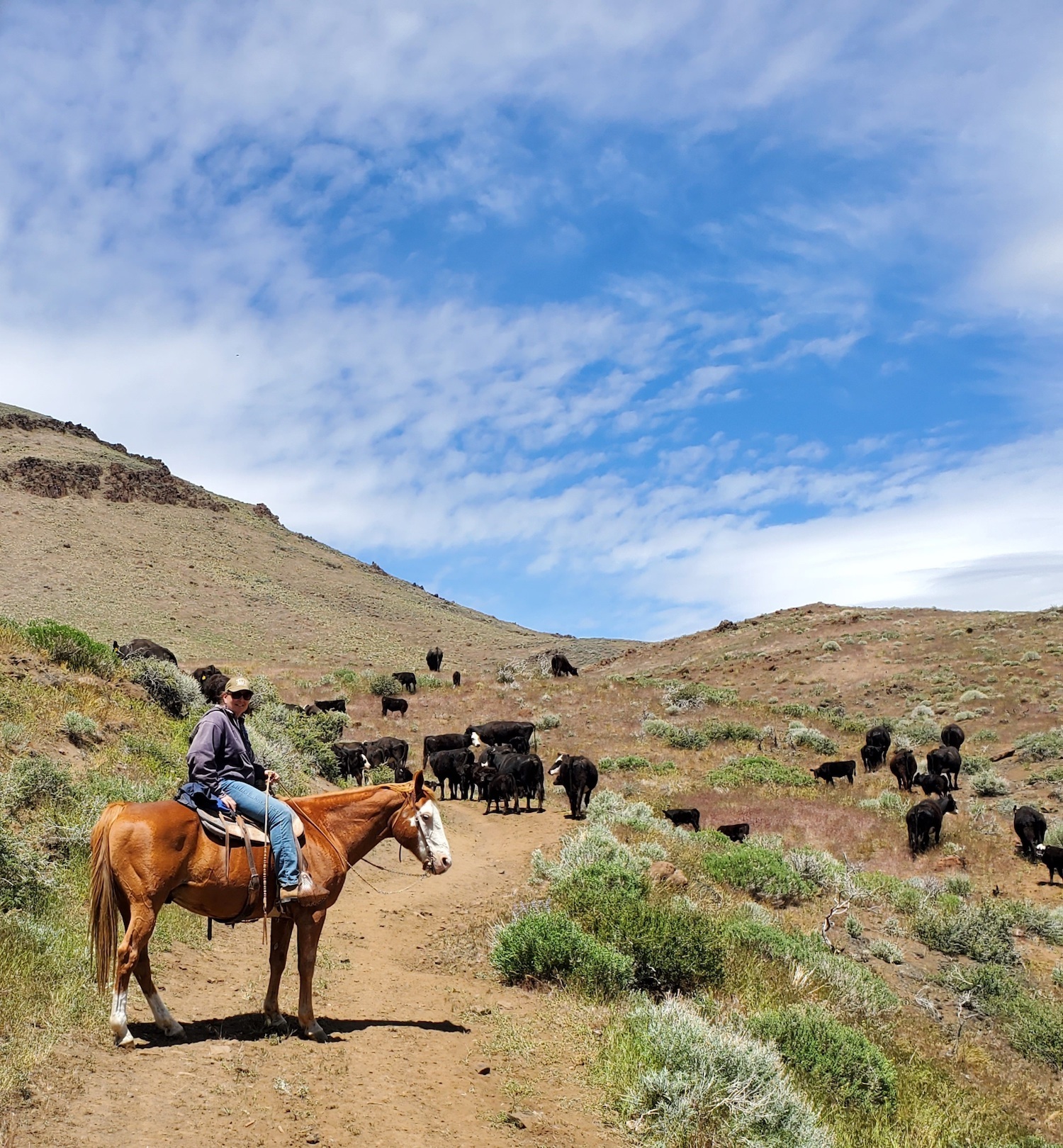
Fields, Oregon, is certainly small, even compared with other places we’ve written about. Stacey shares that about 10 people live in this rural community, with children coming from the surrounding areas to create a total student body of eight children, K-12. This creates interesting challenges as far as transportation and individual education needs.
“Some of these little kids are on a bus for almost an hour on a dirt road coming from one of our remote ranches, so they’re eating on the bus, and going to town, even Burns, is a two-hour drive. It’s a long day so we’re really selective. You have to be skilled at structuring your day in a way that your kids are getting what they need, and that you’re planning from all the services that they need. So, in that, our aide is really helpful.”
Stacey also explains how the “tiny” size and remote location of Fields limits the resources available to its residents.
“We have what we call the Field Station, and it’s a motel, restaurant, grocery store, and gas station. It used to be like a stage[coach] stop. This blows people’s minds: our mail is delivered on Mondays, Wednesdays, and Fridays by courier, so we don’t get mail every day. But, UPS does come every day and FedEx will too, but USPS doesn’t. I kind of lose track of what day it is!”
“We have a little rural fire department with little trucks. We don’t have hydrants to pump water, so your local ranchers are the ones that provide the pumps for the water. So we have an incredible neighborhood watch system–you wouldn’t think it but we do. We are spread so far out, except for this little area right here at Fields."
The culture in Fields is strongly tied to the land, and many established families have been ranching for generations - including the family Stacey married into. This history is present not just in how Stacey teaches her students, but how they shape their own education experiences.
“You’re entrusted with the community culture in some ways, and it shifts because community members change, but there are things like traditions that people hope and trust that you’ll take care of. It’s a lot and it all falls in your basket to take care of. When school’s out, I become a rancher’s wife full-time.”
“Some of these kids grow up on multi-generational ranches, so they have this strong sense of family and being neighborly, helping your neighbor. They’re resourceful and they know how to wait and be patient. If a horse gets cut by barbed wire, they know how to tend to the horse. The life and death cycle, that’s so hard, but is not super unfamiliar to them. You’ve got the Buckaroo Culture and you’ve got ranching culture, which is different. There are differences between a rancher and a Buckaroo. Some of our students don't identify with the whole buckaroo culture anymore, but it is part of the fiber of this school.”
Because community members are fairly spread out, the school functions as a hub of the greater community. Students are always looking to involve community members, especially those without relatives in school, in what’s happening locally.
“Harney County is just large, and the schools are the integral part that brings people together. We started a school newspaper and it's called the Desert Rat. We send it out to over 100 people, and it goes all the way to wherever our students’ grandparents and family members are, even Nebraska. Sometimes it has to do with local politics or national politics, but we try to keep it all locally relevant because it’s important for kids to understand how it all affects us. I think it's been one of the best tools I have ever accidentally landed upon.”
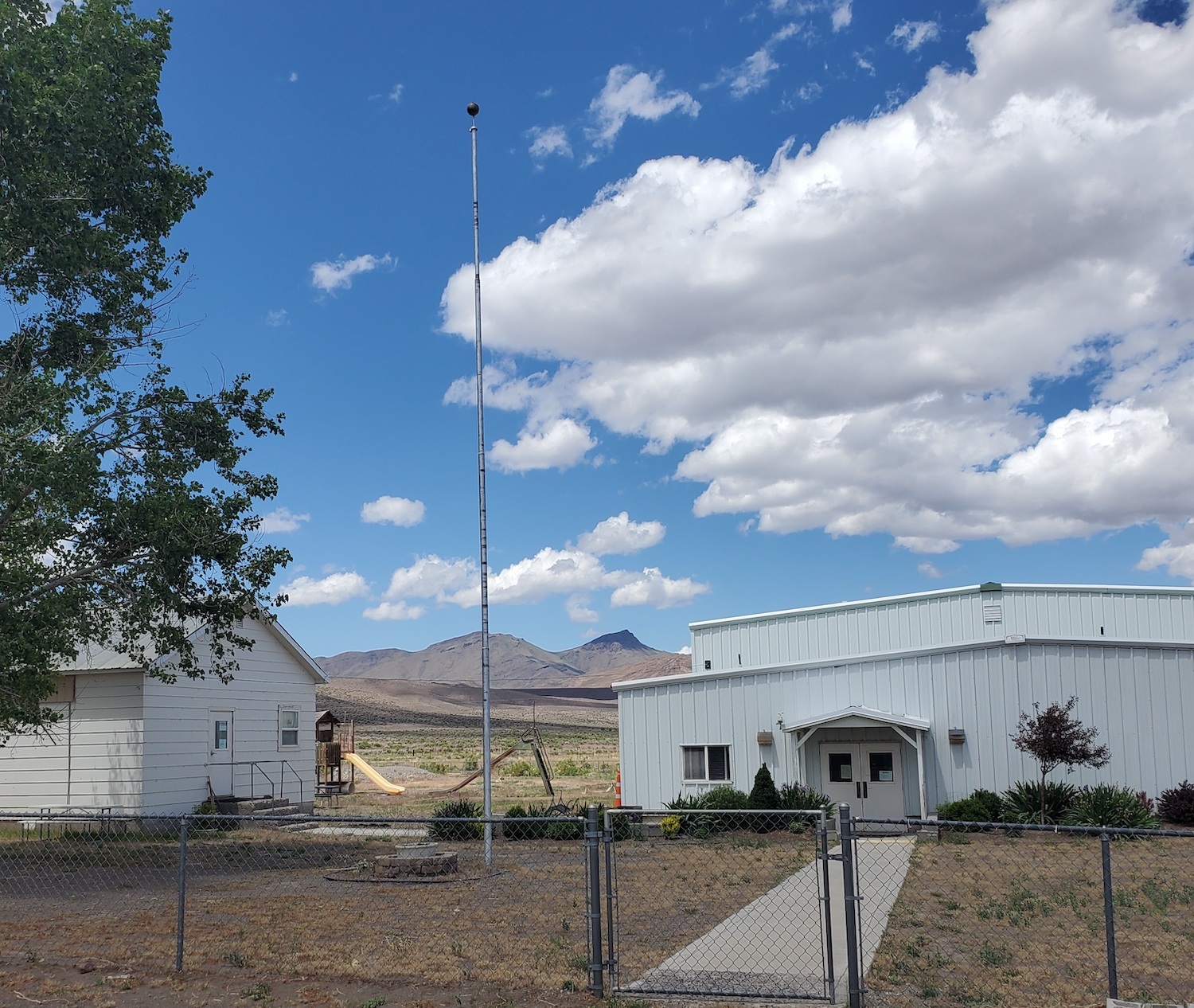
Stacey also takes full advantage of local resources to integrate place-based learning into her classroom.
“We’ve got opal mines nearby, so we’ll go out and dig through the tailings and do other local field trips like that. There’s a wildlife refuge, which is an opportunity for birding, which is a huge thing out here. The way that the different rivers flood some of the areas here is actually a part of the migration for a number of different bird species. There are also hot springs everywhere and other geothermal type stuff. So, we have opportunities to go and do some of those things and work with some of the scientists.”
As well, she looks for ways to expose her students to opportunities outside the community.
“Portland Opera comes down and performs operas at schools like ours. I really like the arts, even though I have a science background. I just appreciate it and all the different art forms. I thought, ‘Gosh, that ‘s something that would be really difficult for me to do, to take my students to Portland to see an opera.’ But they have this program where they go to rural areas. We also go on big field trips. We went on one to Newport, which is like an eight-hour drive from where we are. We did that and visited the Oregon Coast Museum and some of those other places like OSMI at the same time. But some other big organizations will actually come here to the rural schools, so we have to try and bring them here so they can see where we are too. In terms of enrichment and offering things that the kids wouldn’t otherwise be exposed to, I think the opera is one of my very favorites.”
Considering her time before teaching and how it affects her now, appreciates the richness her life experiences have brought into her classroom. However, she knows now that each winding path led to her home in Fields. When asked to define rural, Stacey shared that it’s less about the trails blazed and more about the people you meet along the journey.
“It’s frontier in our case, but for me rural means community, neighbors, being neighborly, and collaboration. It’s all about relationships.”
We’d like to thank our partners at Eastern Oregon University for connecting us with Stacey for this story, and a special thank you to Stacey for taking the time to share with us. If you would would like to share your story, or nominate an outstanding rural educator, please reach out to us at info@ruralschoolscollaborative.org. The I Am a Rural Teacher campaign is made possible by a grant from The Bill & Melinda Gates Foundation.

